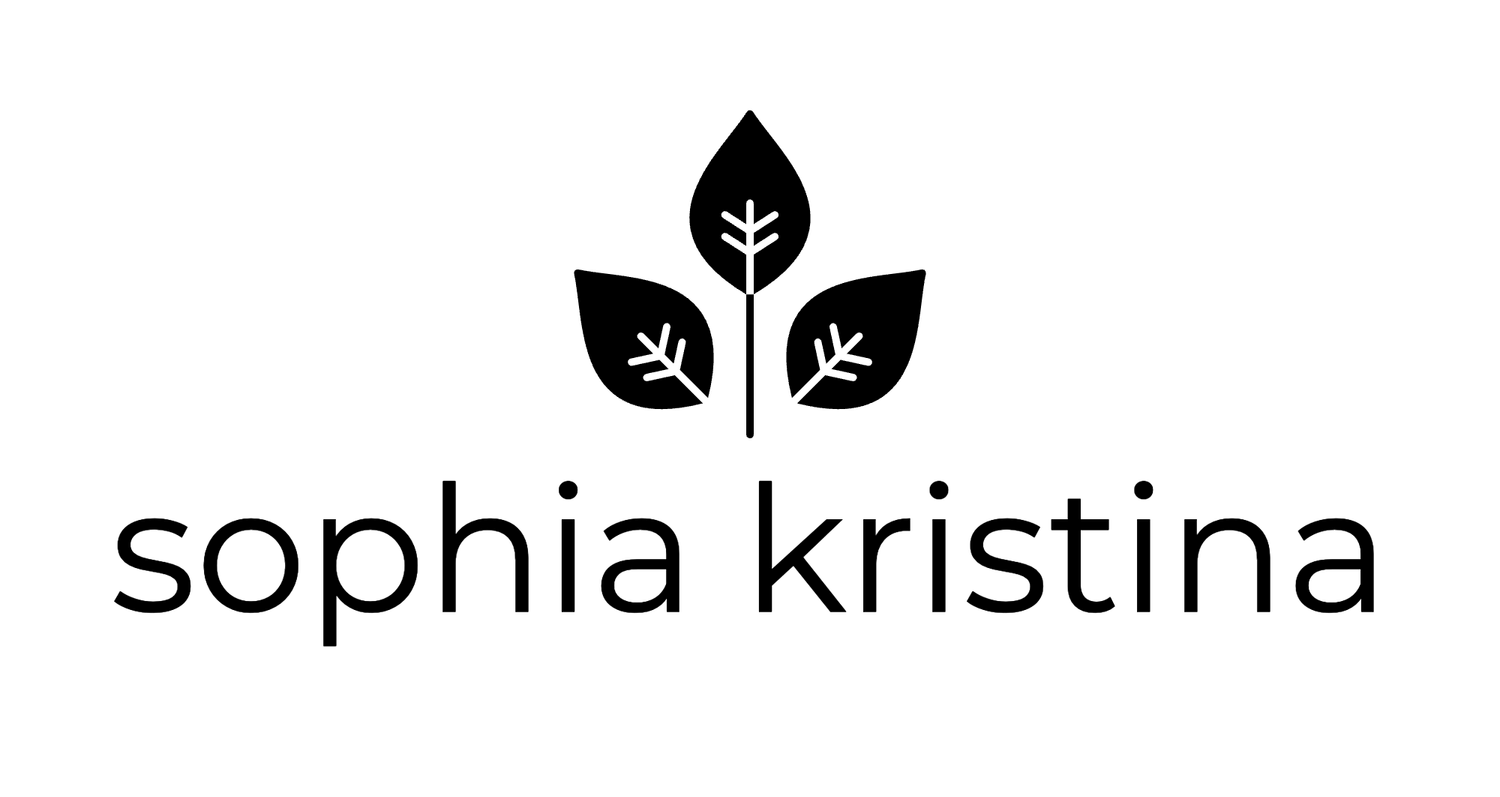Who is it we need to become?
Below are the remarks I prepared to deliver during the public comment portion of the school board meeting where my niece and nephew attend.
I acknowledge that we occupy the traditional homelands of the Puyallup Tribe and Coast Salish Peoples. The Medicine Creek Treaty of 1854 removed First peoples to clear the way for colonial settlement, and even so, the Puyallup people continue to live on and steward these lands as they have done so since time immemorial.
I begin with this acknowledgement because I believe that as a deaconess in The United Methodist Church–a lay order of persons who answer the call to vocations of love, justice, and service; as a strategic partner in the work of the Bonney Lake Food Bank that serves many in this district, and as the auntie of elementary students here, I must embody my commitments to equity and justice, to liberation, inclusion, and belonging in all the spaces I show up.
Dr. Shawn Ginwright, in his book, The Four Pivots, begins chapter 4 with this quote from Benjamin McBride:
The wrong first question is, What do we need to do? The right first question is, Who do we need to become?
I know our students are asking that question every day in their own way. But I also wonder how, as district leaders, you are signaling to them what the answer to that question could look like? How are you supporting their becoming through a curriculum of belonging and inclusivity? How does a student know that who they are and who they are becoming will be supported by and reflected in a staff who practices culturally and identity sustaining pedagogy? Whether a staff or a student—How do they know that all the ways that they show up in their belovedness—in their queerness, their brownness, their blackness, their otherness, is welcome?
Who do we need to become? Takes courage to ask because it comes with deep reflective work. As Grace Lee Boggs would say: We must transform ourselves to transform the world.
I invite us together, to shift from resisting and challenging–though those are important parts of movement work–and turn to creating, cultivating, inventing, and designing our future that doesn’t see harm reduction–the reduction of racism, sexism, abelism, homophobia, xenophobia, violence, white supremacy in our schools and community as the end goal in and of itself. Let us shift our collective energy to the elimination of these things that harm us–all of us–not just those furthest from educational justice–and intentionally and decidedly create the things that heal us.
Removing barriers is one part of the solution, but what are the practices that cultivate and nurture the world we want? How can we together imagine and engage the root of the problems we are trying to address?
Our way through isn’t by creating the perfect strategy or plan that leads us to believe that we can engineer solutions to deep and lasting change.
It is by becoming better versions of ourselves and clarifying our vision of who we can be together–all of us. By moving from transactional to transformative change we are building our capacity to foster and sustain the beloved community, a sense of belonging, and human connection even with those who at the surface don’t look like we have anything in common with.
And that starts with a willingness to listen and own the impact of our practices and sometimes inaction.
So, who is it that we need to become?
